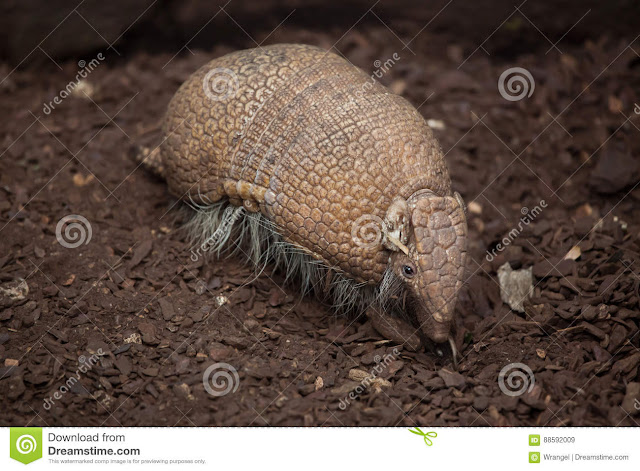1. Slow monkey The tenth most special defense animal is the tenth best at pretending to be dead, and the third best at stinking dead No...
1. Slow monkey
The tenth most special defense animal is the tenth best at pretending to be dead, and the third best at stinking dead
Not only is this animal slow, but its small size makes it vulnerable to many animals. There are venom glands on the elbows, which lick its poison when necessary to protect themselves, and if bitten by a slow lorise, the victim will suffer great pain and swelling. While the poison itself cannot kill humans, anaphylactic shock can also kill.
2. Platypus
This mammal is unusual, not only does it lay eggs, but it has a strange defense method. The male platypus has a retractable spike on each hind limb, which is attached to a venom gland. The venom is non-lethal to humans, but the pain is strong enough to knock a victim unconscious and kill an animal the size of a dog.
3. Skunk
Skunks are known for their scented secretions, and they have a pair of glands in the anal area that they use to produce defensive fluid. The developed glands have powerful muscles that allow them to spray up to 3 meters. This foul-smelling liquid can blind predators, so it successfully keeps most predators away. To learn more, see 12 Interesting Habits of Skunks.
4. Dormouse
These edible rodents usually flee their enemies, and if the dormouse's tail is caught, the loose skin on the tail sloughs off, giving the dormouse a chance to escape. It is very rare in animals.
5. Small sperm whale
Vulnerable to sharks, killer whales or other large sea creatures, to protect itself, it expels a red syrupy substance from its anus and churns it through the water with its tail, taking advantage of this, often hiding out of sight of predators, This is considered a very unusual defense mechanism.
6. Crowned Porcupine
This animal is one of the largest rodents, and when threatened, it first tries to repel the enemy by waving its tail feathers. If that doesn't work, it will charge back and attack the predator with its back stings, and after being stabbed, the carnivore can die from infection or internal damage to blood vessels, organs.
7. Three-banded armadillo
The main defense technique that most three-banded armadillos use against large predators is to bury themselves in the soil, coupled with a hard armor-like exterior that allows them to evade damage, this species also emits a last-minute attack. A sound that frightens the enemy.
8. Pangolin
The body of the pangolin is covered with large scales with sharp edges. When threatened, they roll into balls to protect themselves, sometimes attacking foes with a heavy, scaly tail, and it has one last defense mechanism: it can spew a stinky stench from its anus. sticky substance. Pangolins are invulnerable to almost all predators.
9. Short-tailed lemur
A primate that is very slow and vulnerable to danger. To protect itself, the animal has developed a unique defense technique. There are spikes on the vertebrae, which are used against enemies to protect themselves from harm.
10. Possum
Possums first respond to potential danger by hissing, growling, baring their teeth or biting, and when all else fails, they fall to the ground, pretend to be sick, and start drooling . Then it lay still, mouth open, teeth bared, and the smell of decaying corpse was released from its anal glands. Those predators would obviously lose interest in the dead possum, in fact the mechanism is a physiological response, the possum is actually in a coma and only recovers when the enemy leaves.



















No comments